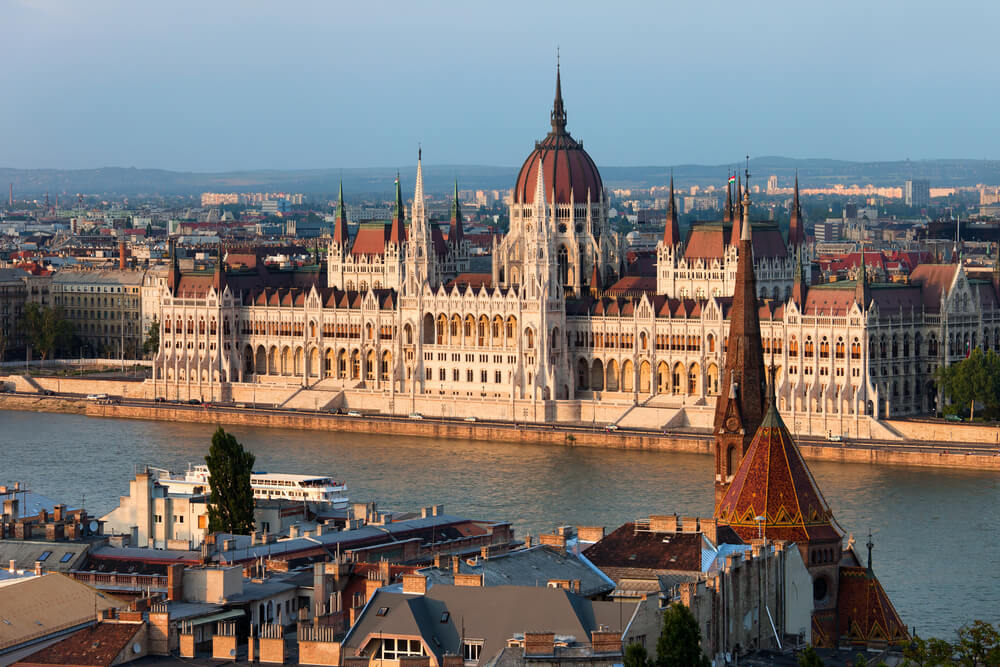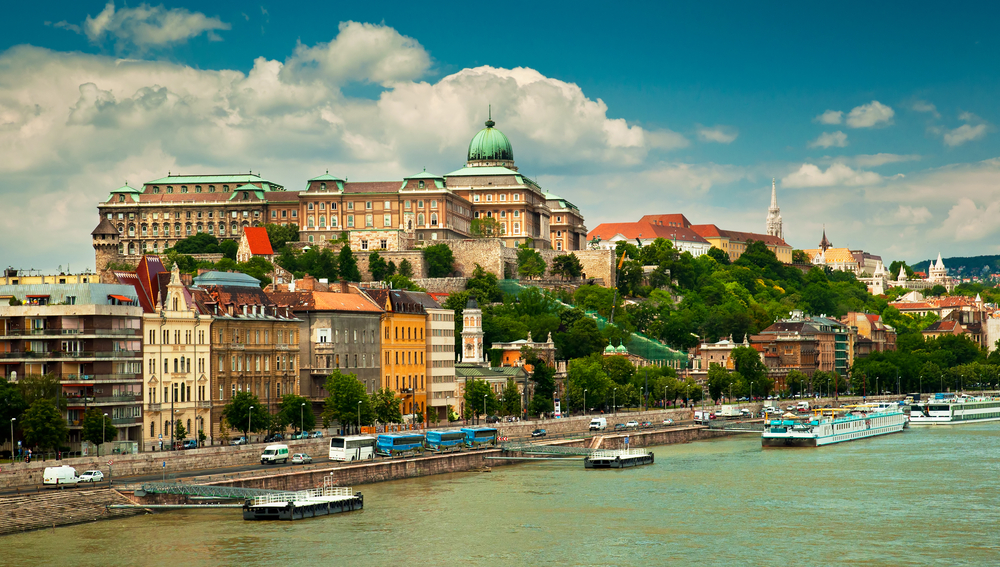 City Guide
City Guide
Budapest Travel Guide
SEARCH CHEAP FLIGHTS
Other Topics
Other Cities
-
Abu Dhabi Travel Guide

-
Adana Travel Guide

-
Agri Travel Guide

-
Aktau Travel Guide

-
Aktau Travel Guide

-
Alanya Travel Guide

-
Albania Travel Guide

-
Alexandria Travel Guide

-
Almaty Travel Guide

-
Amasya Travel Guide

-
Amman Travel Guide

-
Amsterdam Travel Guide

-
Ankara Travel Guide

-
Antalya Travel Guide

-
Astana Travel Guide

-
Athens Travel Guide

-
Austria Travel Guide

-
Azerbaijan Travel Guide

-
Baghdad Travel Guide

-
Bahrain Travel Guide

-
Baku Travel Guide

-
Balikesir - Edremit Travel Guide

-
Barcelona Travel Guide

-
Basel Travel Guide

-
Batman Travel Guide

-
Batumi Travel Guide

-
Beirut Travel Guide

-
Belgium Travel Guide

-
Belgrade Travel Guide

-
Berlin Travel Guide

-
Bingol Travel Guide

-
Birmingham Travel Guide

-
Bishkek Travel Guide

-
Bodrum Travel Guide

-
Bologna Travel Guide

-
Bosnia and Herzegovina Travel Guide

-
Bratislava Travel Guide

-
Brussels Travel Guide

-
Bucharest Travel Guide

-
Cairo Travel Guide

-
Casablanca Travel Guide

-
Charleroi Travel Guide

-
Chișinău Travel Guide

-
Cluj-Napoca Travel Guide

-
Cologne Travel Guide

-
Copenhagen Travel Guide

-
Corlu Travel Guide

-
Czech Republic Travel Guide

-
Dalaman Travel Guide

-
Dammam Travel Guide

-
Denizli Travel Guide

-
Denmark Travel Guide

-
Doha Travel Guide

-
Dortmund Travel Guide

-
Dubai Travel Guide

-
Düsseldorf Travel Guide

-
Edinburgh Travel Guide

-
Egypt Travel Guide

-
Eindhoven Travel Guide

-
Elazig Travel Guide

-
Erbil Travel Guide

-
Erzincan Travel Guide

-
Erzurum Travel Guide

-
Finland Travel Guide

-
France Travel Guide

-
Frankfurt Travel Guide

-
Ganja Travel Guide

-
Gaziantep Travel Guide

-
Geneva Travel Guide

-
Georgia Travel Guide

-
Germany Travel Guide

-
Giresun Travel Guide

-
Greece Travel Guide

-
Grozny Travel Guide

-
Hamburg Travel Guide

-
Hannover Travel Guide

-
Hatay - Antakya Travel Guide

-
Helsinki Travel Guide

-
Hopa Travel Guide

-
Hungary Travel Guide

-
Hurghada Travel Guide

-
Igdir Travel Guide

-
Iran Travel Guide

-
Iraq Travel Guide

-
Istanbul Travel Guide

-
Italy Travel Guide

-
Izmir Travel Guide

-
Jeddah Travel Guide

-
Jordan Travel Guide

-
Kahramanmaras Travel Guide

-
Karachi Travel Guide

-
Kars Travel Guide

-
Kayseri Travel Guide

-
Kazakhstan Travel Guide

-
Kazan Travel Guide

-
Kharkiv Travel Guide

-
Kherson Travel Guide

-
Konya Travel Guide

-
Kosovo Travel Guide

-
Krasnodar Travel Guide

-
Kutaisi Travel Guide

-
Kuwait Travel Guide

-
Kuwait Travel Guide

-
Kütahya Travel Guide

-
Kyiv Travel Guide

-
Kyrenia Travel Guide

-
Kyrgyzstan Travel Guide

-
Lebanon Travel Guide

-
Leipzig Travel Guide

-
Lesvos (Mytilene) Travel Guide

-
London Travel Guide

-
Lviv Travel Guide

-
Lyon Travel Guide

-
Macedonia Travel Guide

-
Madrid Travel Guide

-
Makhachkala Travel Guide

-
Malatya Travel Guide

-
Manama Travel Guide

-
Manchester Travel Guide

-
Mardin Travel Guide

-
Marseille Travel Guide

-
Medina Travel Guide

-
Milan Travel Guide

-
Mineralnye Vody Travel Guide

-
Moldova Travel Guide

-
Morocco Travel Guide

-
Moscow Travel Guide

-
Munich Travel Guide

-
Mus Travel Guide

-
Muscat Travel Guide

-
Netherlands Travel Guide

-
Nicosia Travel Guide

-
Northern Cyprus Travel Guide

-
Northern Cyprus Travel Guide

-
Norway Travel Guide

-
Nuremberg Travel Guide

-
Odessa Travel Guide

-
Oman Travel Guide

-
Ordu Travel Guide

-
Osh Travel Guide

-
Oslo Travel Guide

-
Pakistan Travel Guide

-
Paris Travel Guide

-
Plovdiv Travel Guide

-
Podgorica Travel Guide

-
Portugal Travel Guide

-
Prague Travel Guide

-
Pristina Travel Guide

-
Qatar Travel Guide

-
Ras Al Khaimah Travel Guide

-
Rhodes Travel Guide

-
Rize Travel Guide

-
Romania Travel Guide

-
Rome Travel Guide

-
Rotterdam Travel Guide

-
Russia Travel Guide

-
Samsun Travel Guide

-
Sanliurfa Travel Guide

-
Sarajevo Travel Guide

-
Saudi Arabia Travel Guide

-
Scotland Travel Guide

-
Serbia Travel Guide

-
Sharm El-Sheikh Travel Guide

-
Shymkent Travel Guide

-
Sinop Travel Guide

-
Sivas Travel Guide

-
Skopje Travel Guide

-
Sofia Travel Guide

-
Spain Travel Guide

-
St. Petersburg Travel Guide

-
Stockholm Travel Guide

-
Stuttgart Travel Guide

-
Sulaymaniyah Travel Guide

-
Sweden Travel Guide

-
Switzerland Travel Guide

-
Tabriz Travel Guide

-
Tbilisi Travel Guide

-
Tehran Travel Guide

-
Tel Aviv Travel Guide

-
Tirana Travel Guide

-
Trabzon Travel Guide

-
Turkey Travel Guide

-
Ukraine Travel Guide

-
United Arab Emirates Travel Guide

-
United Kingdom Travel Guide

-
Van Travel Guide

-
Venice Travel Guide

-
Vienna Travel Guide

-
Yerevan Travel Guide

-
Zagreb Travel Guide

-
Zaporizhia Travel Guide

-
Zurich Travel Guide

Budapest, the capital of Hungary, is an ancient European city with great history dating back to 1000 BC. Budapest, one of the most populous cities in Hungary, is divided into two by the Danube River, which leads to great views. The city, which has 23 districts, has also two historical buildings protected by UNESCO, Andrassy Boulevard and the Opera House.

Budapest is one of the cities that should be visited and experienced in Europe, offering visitors a rich culture, delicious local cuisine, and comfortable accommodation.
General Information About Budapest
| Country: | Hungary |
| Region: | Central Hungary |
| Area: | 525.2 km2 |
| Language: | Hungarian |
| Average temperature: | 10 °C |
| Climate: | Humid continental/subtropical |
| Vegetation: | Forest |
| The difference between GMT: | UTC+1 |
| Telephone Code: | +36 |
| Currency: | HUF |
| Socket Type: | Type E |
How to Get to Budapest?
The easiest way to get to Budapest is by air. You can find fairly priced flights all around the year. Its central location also makes it practical for visiting other European cities around.
You can buy your Budapest flight tickets by clicking here.
Transportation from Budapest Ferenc Liszt International Airport to the City Center
Budapest Ferenc Liszt International Airport is located 16 kilometers southeast of the city center.
There are two options available to get to the city center, the easier way being hiring an airport taxi. The cab ride might cost around 26 - 30 Euros. Another option is to take the bus 200E from Terminal 2. The 200E bus can be used to get to Kispest metro terminal (M3) from 11.00 PM to 1.00 AM. After 1.00 AM, night bus 900 operates between T2 and South Pes bus garage.
100E operates between the airport’s entrance and Deák Tér. Bus departs every thirty minutes from 04.00 to 23.30.
Public Transport in Budapest
Budapest is a highly developed city in terms of public transport. The public transport service provided by BKK is the largest of the public transport systems in Europe. BKK has 4 subway, 5 suburban subway, 15 trolleybuses, 33 trams, and 264 bus lines. There is also a bike sharing network called “Bubi” for the cyclists.
Best Time to Visit Budapest

Budapest has a borderline climate between humid continental climate and a humid subtropical climate. Winters are cold but if you’re up for it, you can experience Budapest blanketed in snow in January, with its majestic beauty. You may attend to many food-related festivals in winter, too. After the end of March, spring comes with blooming flowers and the Cherry Blossom Festival is organized in this period. The Japanese Garden on Margaret Island is worth seeing in the spring. Summers are mostly warm in Budapest, also the city gets crowded with tourists from all around the world in summers.
All of the major festivals start in the beginning of June. If you want to taste the original beers, go to Budapest in October when Octoberfest happens.
Festivals in Budapest
- Sziget Festival
- Budapest Spring Festival
- Titanic International Filmfest
- Cherry Blossom Festival
- Falk Art Forum
- Budapest 100
- Rosé Festival
- Belgian Beer Festival
- Budai Gourmet
Places to Visit in Budapest
Between the many festivals, historical landmarks and the beautiful natural sights there are many things to do and many places to see in Budapest. Here are some of the places you should see when you’re visiting.

Buda Castle
As one of the oldest historical and cultural points of Budapest, the castle was built on a hill on the Danube. The Hungarian Military Museum, where 28,000 artifacts from the 15th century are exhibited, is also in the castle complex. If you’re adventurous, you might want to check the mysterious labyrinth underneath the building, too. The castle is a great example of neo-gothic architecture and Hungarian history.
Gellert Hill
Gellért Hill is a 235 meters high hill with a view of the Danube River. The name of the hill comes from the death of St. Gerard, who was thrown off the hill to his death. Gellért Hill Cave is also a natural wonder.
The Parliament Building
The Parliament Building, located on the banks of the Danube River, was built between 1885 and 1902 in Pesté. The majestic building, home to the sessions of the Hungarian National Assembly, was designed at the same height as St. Stephen's Basilica to symbolize the balance between religion and state affairs.
St. Stefan's Basilica
The Neo-Renaissance basilica, which offers an exquisite view of the city from the dome that can be reached by elevator, evokes admiration with its ceiling decoration. In addition, many religious items are exhibited in the treasury section, including the sacred right hand of the Hungarian king.
Fisherman’s Bastion
The fisherman's bastion, which is considered one of the most beautiful structures in the city with traces of Neo-Gothic architecture, was built in the years 1899-1905 under the supervision of Architect Frigyes Schulek. In 896, 7 towers were added to represent the leaders of the Hungarian tribes who came to the Carpathian Basin. These towers offer spectacular views of the city.
Where to Stay in Budapest?
District VII (Erzebetvaros) is a great option for tourists, as the area is very close to many attractions of the city. The area between the King Road (Kor Ut) and the river would also provide a reasonably priced and pleasant accommodation.
What to Eat in Budapest?
Hungarian cuisine is popular for its delicious soups, casseroles, and pastries. Soups come as starters for each meal. Jokai bean soup and fish soup are the most famous soups. Main courses are meat dishes served mostly with rice, potatoes or pasta.
Some local restaurants where you can taste traditional dishes are Arany Kaviar, Babel Budapest and Costes Downtown. Russian, Eastern European and Central European cuisine is also available at many restaurants.
Shopping in Budapest: The Best Souvenirs to Buy
The main shopping areas are in the City Center of Pest. One of them is Váci Street. From the Vörösmarty Square, which is designed as a pedestrian zone, to Vámház körút (Central Market Hall).
If you want to purchase some souvenirs, buying porcelain pieces might be a good idea, as Hungarian porcelain with their detailed drawings on them are unique to the country. Similarly, crystal dishes and traditionally painted eggs are among the traditional memorabilia you can buy in Budapest.
Nightlife in Budapest

Budapest's nightlife never stops! The city is colored with laser and light shows until the dawn, where popular night clubs are always alive. If you like boat tours you might love the late night boat parties on the Danube River. Erzsebet Square is a popular place for nightlife.
Essential Phone Numbers to Know
Area Code: 01
City Code: +36
Budapest Airport: +36 1 296 7000
Ambulance: 104
Police: 107
Fire service: 105


